
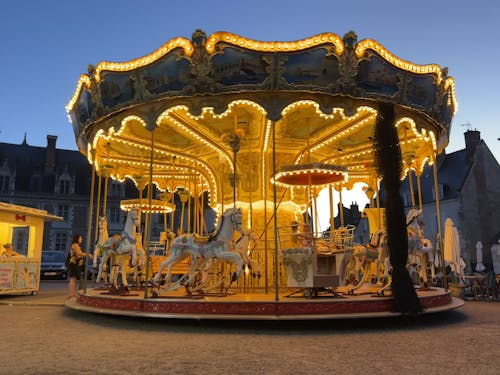


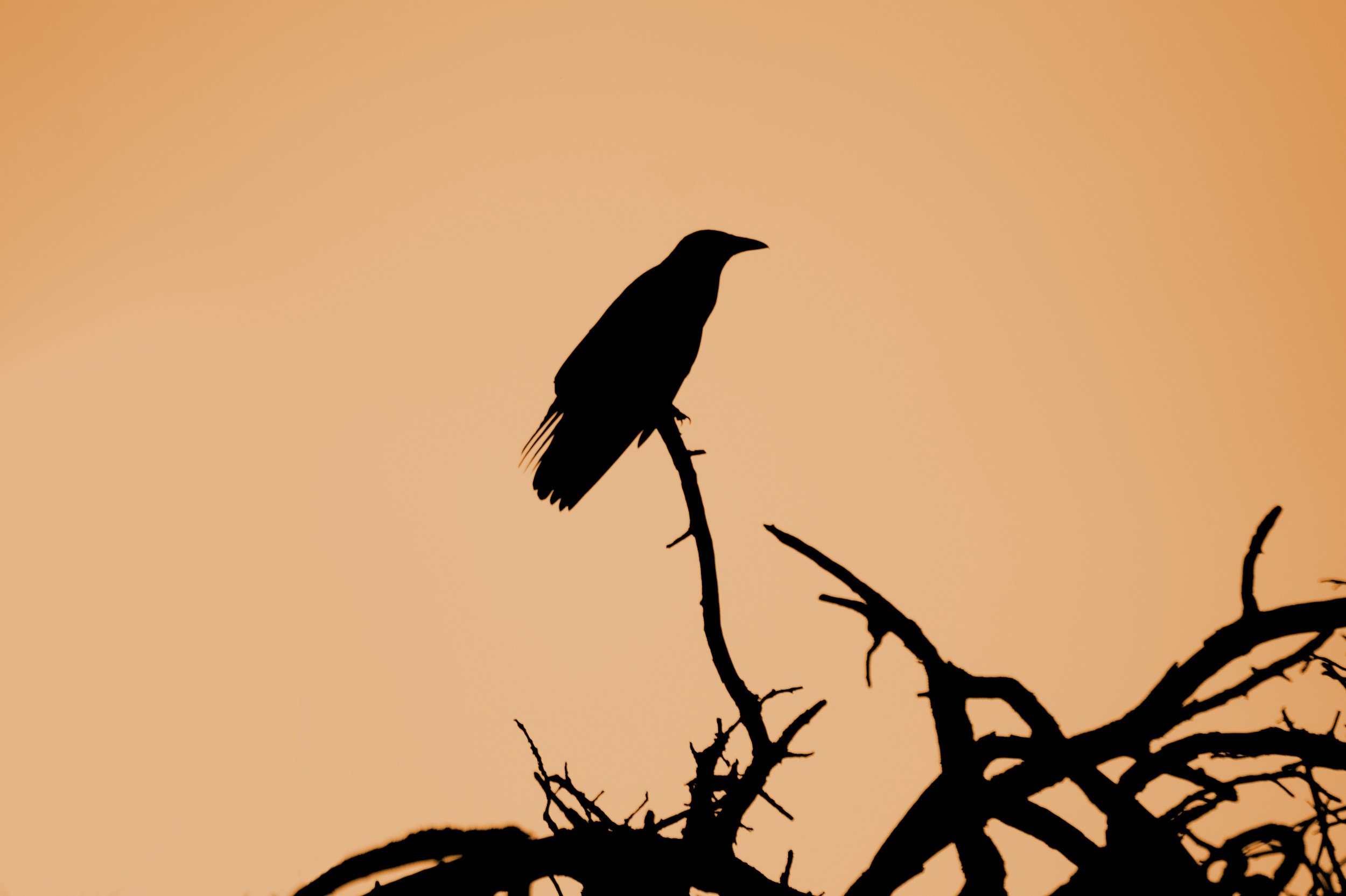
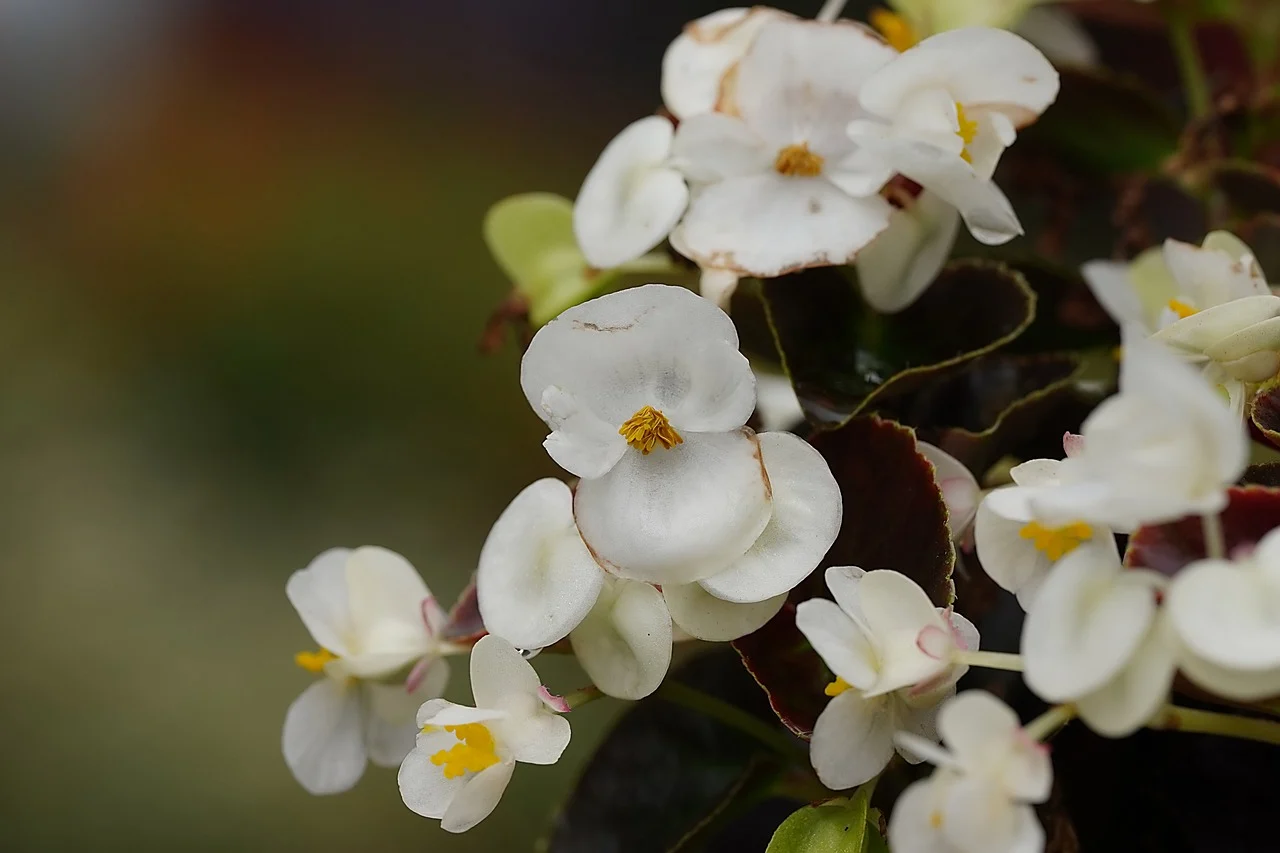


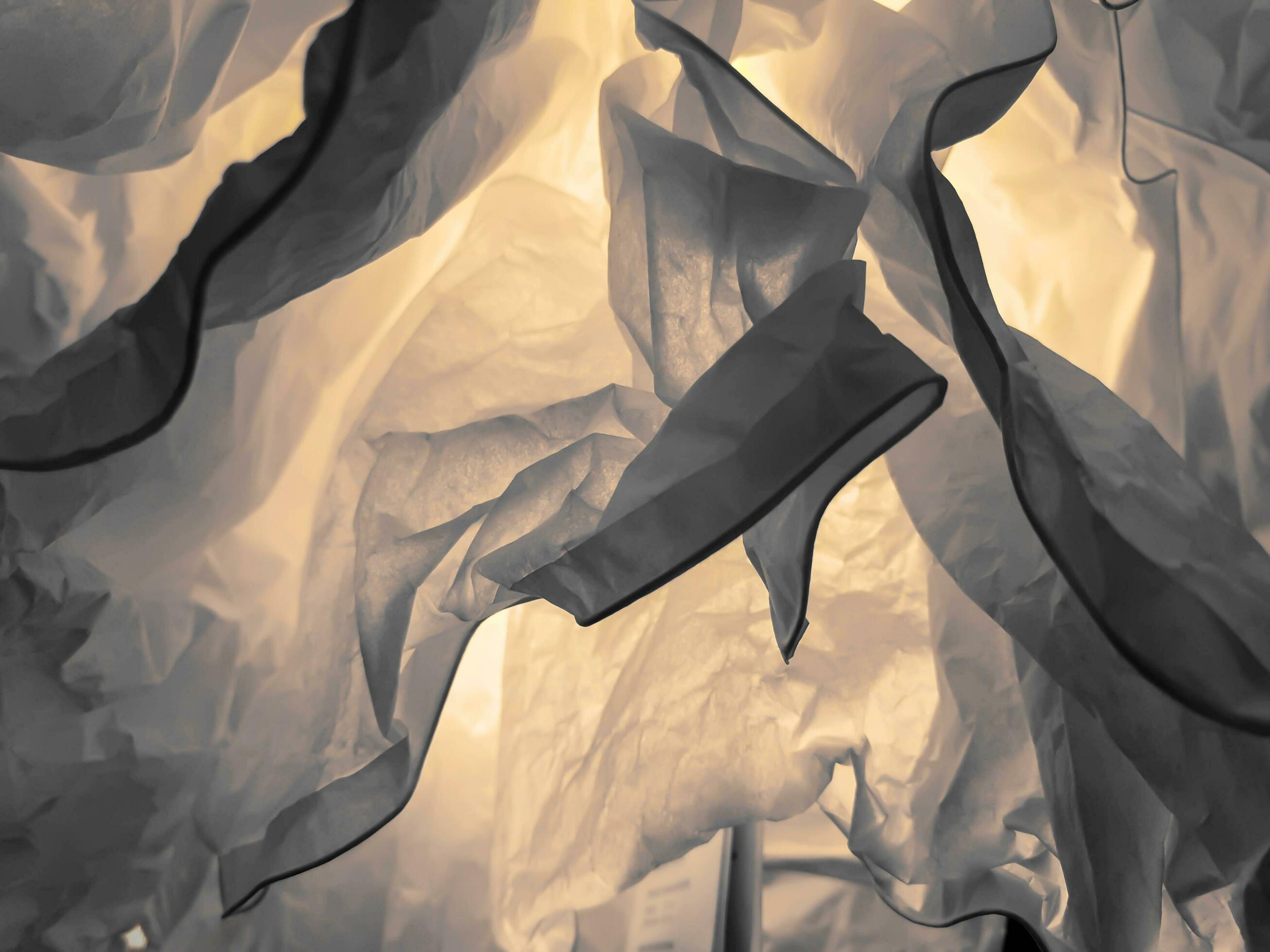
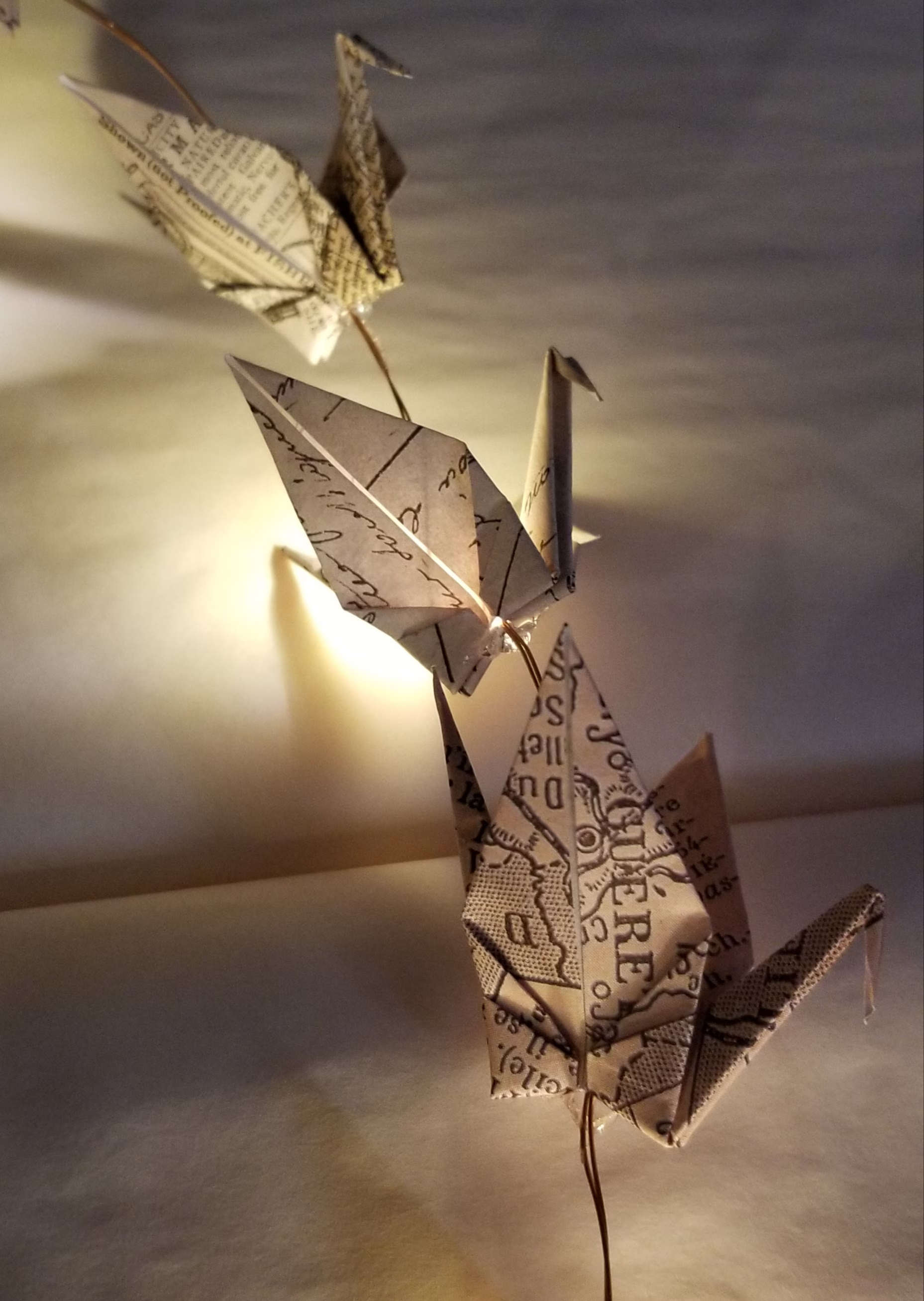
Your Custom Text Here
ISSUE XVI — REALITY
“I wanna hang a map of the world in my house. Then I’m gonna put pins into all the locations that I’ve traveled to. But first, I’m gonna have to travel to the top two corners of the map so it won’t fall down.” - Mitch Hedberg
On September 12, 2022, while England was still mourning Queen Elizabeth, the International Association of Amusement Parks and Attractions (IAAPA) held its annual Expo at ExCeL in Newham, East London. People in suits drove shiny bumper cars, their eyes covered by virtual reality headsets. Ghostbusters VR Academy players ran about on padded floors carrying fake guns and also wearing the headsets. “Augmented reality” is now a LEGOland attraction, too; a roller coaster’s thrills are enhanced, demonstrated by photos at the Expo, through yellow VR headsets decorated with LEGO eyes. The roller coaster rider transforms into the characters in the virtual world they speed through. But if that’s off putting to you, don’t worry. Alex Hern, Technology Editor at The Guardian, assures us that “the classic experiences aren’t going anywhere.”
But what are “the classic experiences”? Presumably Hern meant “nonvirtual.” But, following Henri Bergson, all perception is virtual. Just like Eadweard Muybridge’s “The Horse in Motion” (the first moving picture, a trotting horse), the present is nothing more than a strung together past.
Bergson suggested in Matter and Memory that memory is what holds matter together: “Your perception, however instantaneous, consists in an incalculable multitude of remembered elements… The pure present is an ungraspable advance of the past devouring the future. In truth, all sensation is already memory.” A horse appears to trot because the viewer’s memory has stitched together each footfall a micro-hoofbeat after it happens. The illusion of instantaneousness hides perception’s lag.
Marcel Proust, Bergson’s cousin-in-law, spends In Search of Lost Time narrating the pure present as nothing but lag⏤Marcel, like all of us, lives only in memories. Thus, VR images beamed through headsets are no closer to or further from the pure present reality than the “classic experience.” As an immersive medium, VR simply tucks the clumsy stitches of memory under a sleek and subtle perceptual hem.
But when we stop wondering about reality, and take for granted its clever copies, we slip into dangerous territory. Baudrillard calls it the Desert of the Real. One example might be a movie about a reality TV show that starred a man who spent a disastrous term as president of the United States. Movies about TV shows about people playing characters who go on to do sleazy, real life, political damage might reveal, for Baudrillard, the desertification of civilization. Simulacra and Simulation openswith Jorge Luis Borges’ map that fits in one-to-one scale over the territory it represents. But, Baudrillard argues, this allegory,in which the map deteriorates as the cartographers get lazy, laying bare the real world beneath, isn’t bleak enough. It’s more like Mitch Hedberg’s joke with which this letter opens. The inhabitant of the Desert of the Real abstracts himself into a pin. In order to put pins representing where he’s been on the map, he has to tack the map up with something he’s chosen as an abstraction of himself, on the map’s nothing-space, in the corners. Hedberg can’t travel to the nothing-space on the map corners as an abstract pin. Worse: the walls themselves are nothing-spaces. The world outside is a nothing-space. Best to just stay in and stare at the map, holding the pins in confusion.
And yet reality persists, despite the pessimism of French philosophers. We watch TV a lot, sure. But we also play frisbee in the park. We take our crushes out for ice cream. We attend funerals a teensy bit hungover. We tell our dentists about the strange dreams we had last night. We play roles whose scripts we write ourselves. George Santayana reminds us that “we compose and play our chosen character…we encourage ourselves eloquently to be what we are…What could be more splendidly sincere than the impulse to play in real life?” “Real life” is full of just as much invention as any plot. Whether we play tragedians or comedians is entirely up to us.
“Reality and Its Others” opens with filmmaker Caveh Zahedi’s invited essay, which, following Wallace Stevens and Gilles Deleuze, explores reality’s overfullness, its resistance to interpretation, and the dexterity required by artists who wish to capture it. Next, Dan Rosenberg affirms John Donne’s pronouncement, made while lazing in bed with a beloved, that “Princes do but play us; compared to this,/All honor’s mimic, all wealth alchemy.” Family worlds confound virtual worlds and legal worlds, revealing the porosity of reality’s boundaries. Francis Fernandes plays with the counterfactual fallacy, otherwise known as the argumentum ad speculum, the so-called “what if,” aka the wouldchuck, to comment simultaneously on a baseball game, and on living in the conditional tense. Gabriel Moseley’s microfiction take on Russell Edson’s poem imagines the commercial and ontological viability of a microflock of crows. Amanda Quaid thinks through a being’s environment (for Heidegger, its “Umwelt”) to imagine worlds as distinct as the beings that inhabit them, as varied as the bodily apparati of a cat, a fruit fly, a bat, a violet, a woman. Andrew Akers shares a Beckettian tale of the absurdity of nonexistence and nerdom. Frederick Pollack’s poem begins with Antonie van Leeuwenhoek’s microscope, meditates on realism in drawing, and ends with destruction. Ryan Harper’s lyrical photocopying questions the originality of any experience dictated by the logic of interchangeability. Finally, “Reality and Its Others” closes with Alistair Robinson’s story, unfolding in a universe the reverse of what human beings regard as reality.
We hope that, as you read, “reality” loses the quotes it wears like claws. That you suffer more in your imagination than in reality. That all that was once solid and established crumbles away. That we might reveal the truth that reality obscures.
Book XI: A Journal of Literary Philosophy